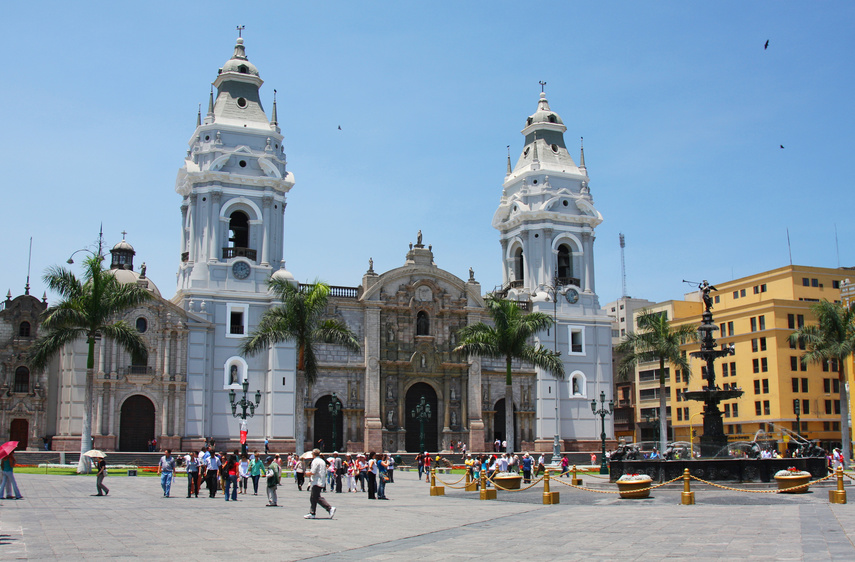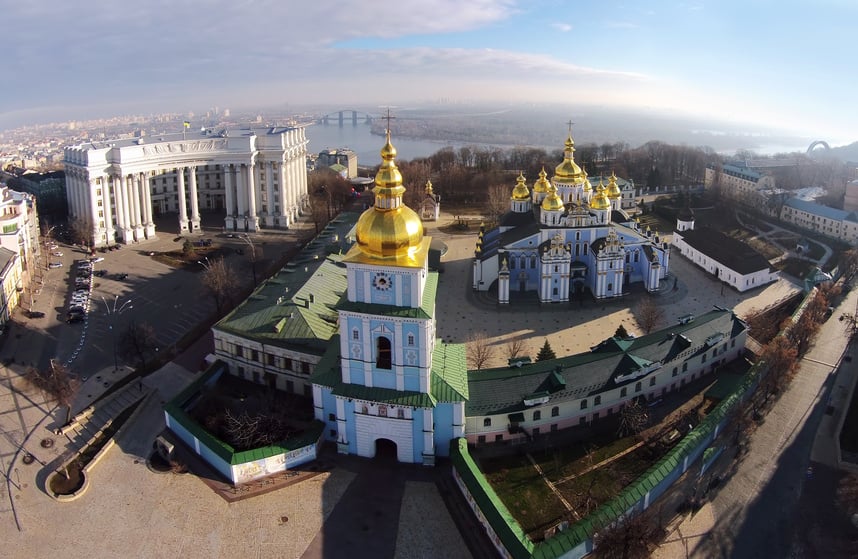In brief
Through Ministerial Resolution No. 1275-2021/MINSA, the technical document, “Guidelines for Surveillance, Prevention and Control of Workers Health” (“R.M. No. 972-2020-MINSA“) has been repealed, and the directive laying down new provisions for the surveillance, prevention and control of workers’ health is adopted.
Below we share the most relevant amendments:
1. Regarding the return to on-site work, it is established that only personnel vaccinated with the three doses (first, second and booster when available) will be allowed to return.
For high-risk workers, their return must be authorized by an occupational doctor after reviewing the medical history or reports, as well as the state of vaccination.
In both cases, the following table should be followed:

2. The seven guidelines for the surveillance, prevention and control of COVID-19 are replaced by seven minimum basic provisions of mandatory application:
a. Ensure ventilation in workplaces. Ventilation must be ensured, naturally or mechanically.
b. Pre-return health condition assessment. The procedure to be followed when a suspicious case or direct contact with a confirmed case is identified is also amended.
i. The employer refers the worker to a health facility.
ii. Close contacts are identified and quarantined for 14 days. It can be reduced to 10 with a negative molecular test from day 7.
iii. An occupational physician will remotely conduct clinical monitoring.
iv. In case of hospitalization, it is not necessary to carry out a clinical follow-up, only to make contact with the worker’s family members.
v. Material and information on the prevention of contagion must be provided to workers.
In all positive, suspicious, or close contact cases, a 14-day quarantine is ordered. It can be reduced to 10 days if from day 7 a negative result is obtained in a molecular test.
The provision to grant a certificate of temporary incapacity (medical rest) during the quarantine period is maintained.
c. Hand washing and disinfection stations. Washing points are ensured with the necessary implements. At least one washing or disinfection point with alcohol must be located at the entrance. The obligation to have information posters on the correct way to perform disinfection is reiterated.
d. Awareness of infection prevention. The employer must include in their training information about vaccination and the use of the KN95 mask or combined use of surgical and community mask.
e. Preventive measures of collective application. Compulsory remote work for pregnant or breastfeeding workers is provided, establishing the obligation to enter and leave the workplace in a phased manner.
f. Personal protection measures. Mandatory use of the KN95 mask or combined use of surgical and community mask is provided.
g. Health surveillance. The occupational physician must establish preventive measures for ergonomic and psychosocial risks, among others. The plan must include mental health measures for personnel who are working remotely.
3. The Plan for Surveillance, Prevention and Control of COVID-19 must be adapted to the new provisions. In addition, it should include specific measures for customers, visitors, contractors, suppliers and practitioners.
4. The Symptomatology Sheet is updated with new information, such as if the worker suffers from a risk factor.
5. While the obligation to take temperature has been removed, the provision requiring the employer to send home any worker with a temperature of 37.5 C is maintained.
6. The minimum physical distance between individuals inside the work center is modified to 1 meter (1.5 meters in eating areas).
We trust that this information will be useful to you and your company. If you require legal advice on this issue, do not hesitate to contact us.

***
Estudio Echecopar is a member firm of Baker & McKenzie International, a Swiss Verein with member law firms around the world. In accordance with the common terminology used in professional service organizations, reference to a “partner” means a person who is a partner or equivalent in such a law firm. Similarly, reference to an “office”, means an office of any such law firm.
Before you send e-mail to Estudio Echecopar, please be aware that your communications with us through this message will not create a lawyer-client relationship with us. Do not send us any information that you or anyone else considers to be confidential or secret unless we have first agreed to be your lawyer in the matter. Any information you send us before we agree to be your lawyers cannot be protected from disclosure.
@2021 Estudio Echecopar
All rights reserved.
No part of this publication may be reproduced in any form or by any means without the written permission of Estudio Echecopar.



